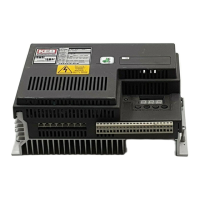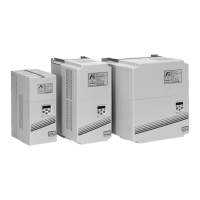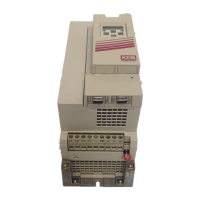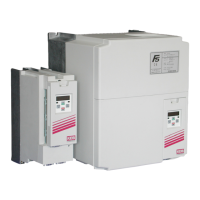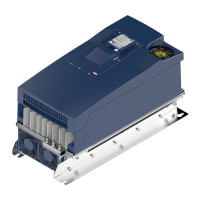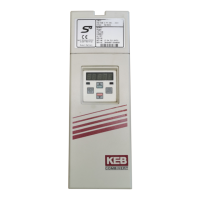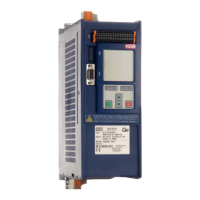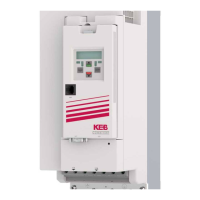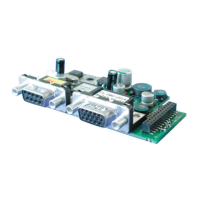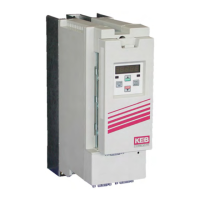5.1.3 Materials in the cooling cicuit
• For all metallic elements in contact with the coolant (electrolyte) in the cooling cir-
cuit, select a material which generates a low voltage difference to the heat sink
(see electrochemical voltage series). This prevents contact corrosion and/or pitting
corrosion.
• Other materials must be examined in each case before employment.
• Thespeciccaseofapplicationmustbecheckedbythecustomerintuningofthe
completecoolingcircuitandmustbeclassiedaccordingtotheusedmaterials.
• With hoses and seals take care that halogen-free materials are used.
• For liquid coolers with stainless steel tube, we recommend the use of stain-
less steel or nickel plated brass cable glands.
• For liquid coolers as extrusion casting heat sink, we recommend the use of
aluminium or ZnNi coated steel tubes.
ATTENTION
A liability for occuring damages by wrongly used materials and from
this resulting corrosion is not taken over!
Electro-chemical voltage series / standard potentials against hydrogen
Material generated Ion Standard poten-
tial
Material generated Ion Standard poten-
tial
Lithium Li
+
-3.04 V Cobald Co
2+
-0.28 V
Potassium K
+
-2.93 V Nickel Ni
2+
-0.25 V
Calcium Ca
2+
-2.87 V Tin Sn
2+
-0.14 V
Sodium Na
+
-2.71 V Lead Pb
3+
-0.13 V
Magnesium Mg
2+
-2.38 V
Iron Fe
3+
-0.037 V
Titan Ti
2+
-1.75 V Hydrogen 2H
+
0.00 V
Aluminium Al
3+
-1.67 V Copper Cu
2+
0.34 V
Manganese Mn
2+
-1.05 V Carbon C
2+
0.74 V
Zinc Zn
2+
-0.76 V Silver Ag
+
0.80 V
Chrome Cr
3+
-0.71 V Platinum Pt
2+
1.20 V
Iron Fe
2+
-0.44 V Gold Au
3+
1.42 V
Cadmium Cd
2+
-0.40 V Gold Au
+
1.69 V
Table 15: Electro-chemical voltage series / standard potentials against hydrogen
55
OPERATION OF LIQUID-COOLED DEVICES
